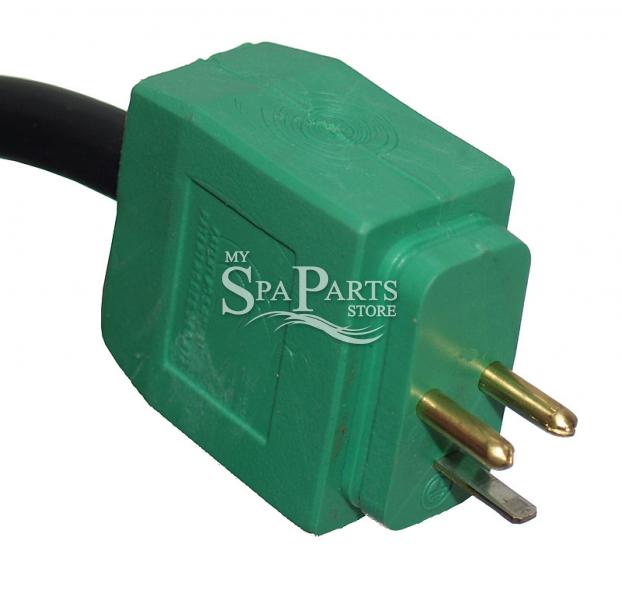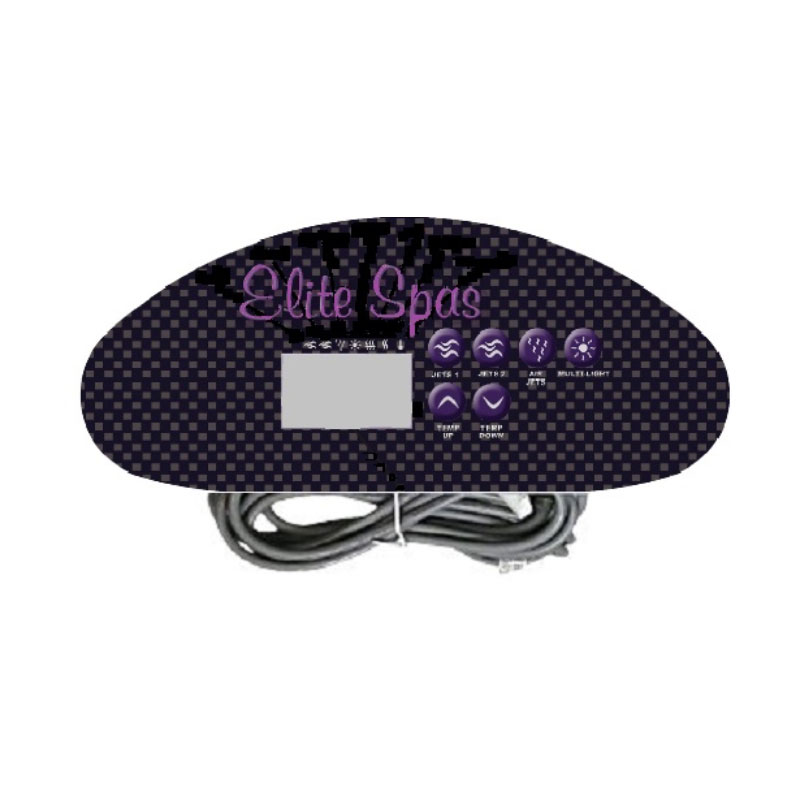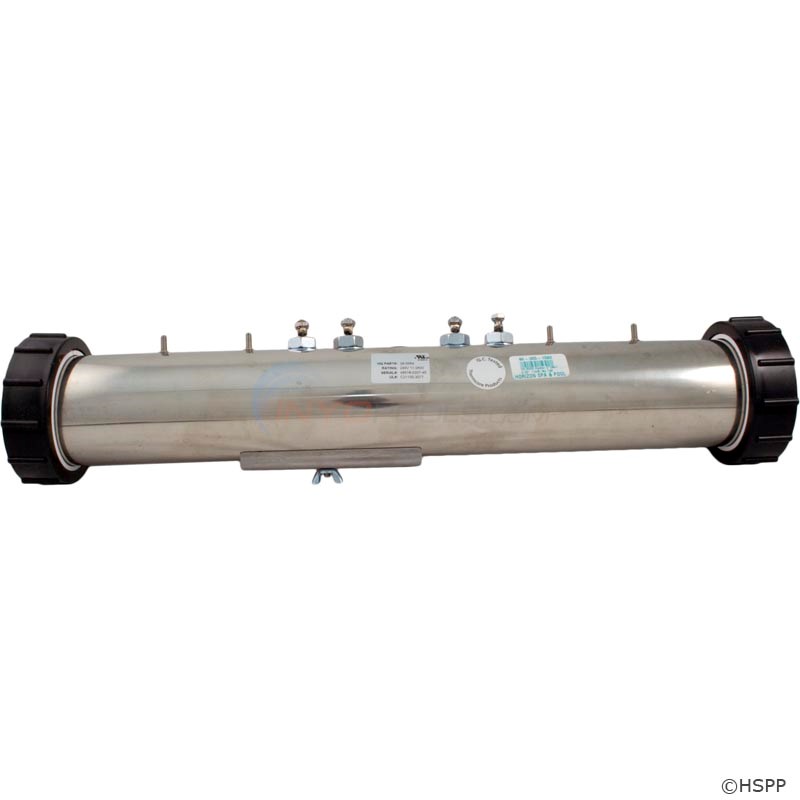

The IUCN then evaluates the submission and, if certain criteria are met, adds the species to the Red list.
#Hydro quip at2000 free#
Anyone with sufficient knowledge of the species can submit information about an endangered species to the IUCN after completing a free training program. How do species get on the IUCN Red List? And can species change categories?Ī. The IUCN Red List of Threatened Species categorizes species as Data Deficient when there is insufficient data to decide, such as the killer whale and the armored armadillo.
#Hydro quip at2000 update#
IUCN Red List of Threatened Species™: July 2022 Update – YouTubeĪnother group of species that we should pay particular attention to are those under the Data Deficient category. In particular, three categories are categorized as threatened: ▲critically endangered (CR), ▲endangered (EN) and ▲vulnerable (VU).Ĭurrently 42,108 species (28% of the Red List) are categorized as "threatened," meaning they need more attention and management to avoid extinction. The higher in the category, higher the likelihood of extinction from Earth. ㆍNot evaluated (NE) : No assessment has been made ㆍData deficient (DD) : Not enough information on abundance or distribution to estimate its risk of extinction (approx. ㆍLeast concern (LC) : Population is stable enough that it is unlikely to face extinction in the near future (77,491 species) ㆍNear Threatened (NT) : Close to qualifying, or likely to qualify for a threatened category in the near future (8,816 species) ㆍVulnerable (VU) : Facing a high risk of extinction in the wild. ㆍEndangered (EN) : Facing a very high risk of extinction in the wild ㆍCritically endangered (CE) : Facing extremely high risk of extinction in the wild ㆍExtinct in the wild (EW) : Known only to survive in captivity, cultivation or well outside its natural range The IUCN distinguishes between current extinctions and past extinctions based on the year 1500 ㆍExtinct (EX) : There is no reasonable doubt that the last individual has died. The 150,388 animal and plant species are categorized into nine categories based on their extinction risk, which is assessed by the following: geographic range, population size and speed of population decline or increase. Visit the IUCN website for a list of threatened species IUCN Red List of Threatened Species The global "Criteria for Assessing the Conservation Status of Animal and Plant Species" published in 1994 introduced a nine-category system that is still in use today. The first comprehensive list of the conservation status of Earth’s animal and plant species was created in 1963, and it has since been continually updated and refined. The World Wide Fund for Nature has reported that 69% of vertebrates on Earth have declined in the last 50 years, so the actual number of endangered species is probably much higher. While 150,388 may seem like a large number, it represents only 7% of the number of plant and animal species on Earth.

The IUCN Red list is a report on biodiversity published every two to five years by the International Union for Conservation of Nature (IUCN), which organizes 150,388 plant and animal species into nine groups according to their level of threatened extinction. It categorizes each species into one of nine levels of threatened status.Ī. Our dedicated production staff takes great pride in the quality workmanship with which they build this simple, strong, time-tested design.The IUCN Red List is a compilation of around 150,388 species of plants and animals that have been assessed by the International Union for Conservation of Nature (IUCN). These components all work together to provide the structural integrity essential to dependable lifting, hauling and towing. Since 1983, every HydraBed® has been built around this rugged foundation consisting of 6” channel frame long sills and our proven bale handling assembly which features a 1/2” wall rear cross tube rotating on (2) 6” hinge assemblies. Fingertip hydraulic controls enable you to haul, transport and/or unroll two large round or square bales weighing up to 3,000 lbs. Winter feeding, summer hay hauling, year-round trailer towing and many other lifting, hauling and towing tasks are easily accomplished from the comfort and safety of your truck cab. The flush-mounted, live-hydraulic powered bale handler is totally integrated into the rugged flatbed.


Our HydraBed® system equips your 3/4 ton or larger truck for ranch and farm use.
#Hydro quip at2000 full#
Equipment must perform at full capacity under adverse conditions. Feeding is one of the most important daily tasks on nearly every livestock operation.


 0 kommentar(er)
0 kommentar(er)
